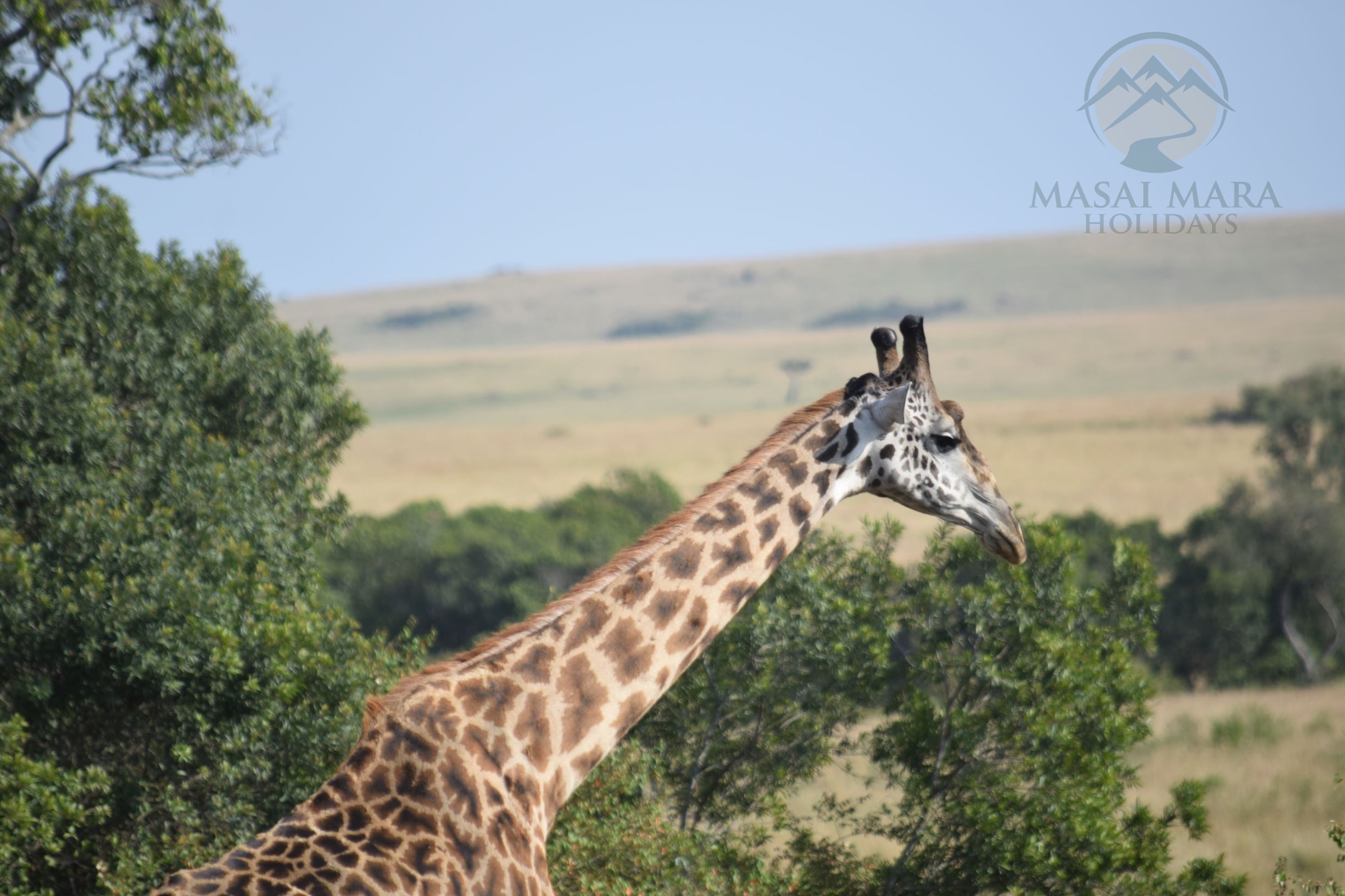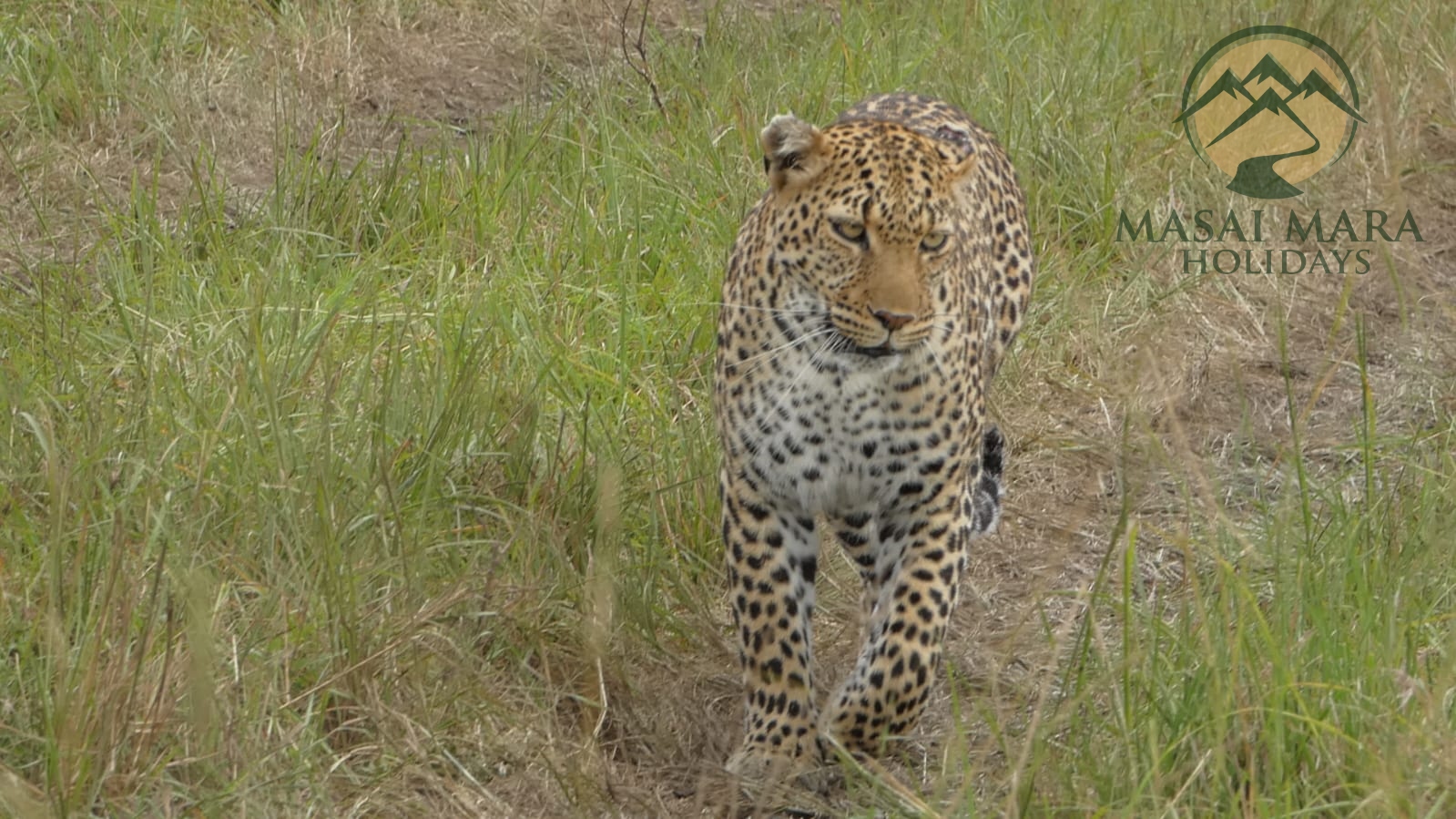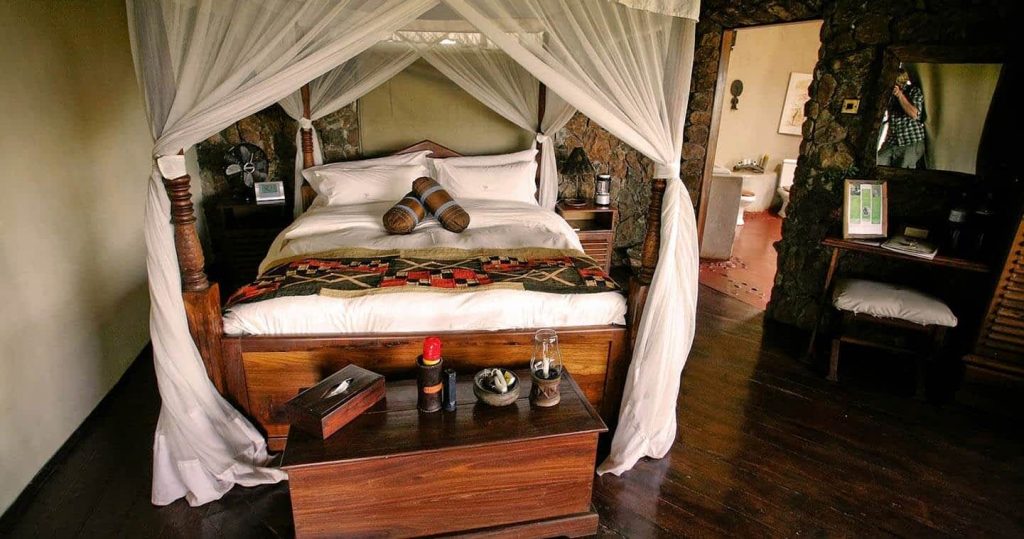Western Serengeti
The Serengeti is one of the most iconic and diverse ecosystems in the world, home to millions of animals and plants that thrive in its vast plains, woodlands, rivers, and hills. The Serengeti National Park, which covers most of the ecosystem, is divided into several regions, each with its own unique features and attractions. One of these regions is the Western Serengeti, which is a corridor that stretches from the central Seronera area to the western border of the park, where it meets Lake Victoria and the Grumeti Game Reserve.
The Western Serengeti is a stunning and rich region that offers visitors a chance to experience the beauty and diversity of the Serengeti in a more secluded and intimate setting. Unlike the more popular and crowded areas of the park, such as the Central and southern Serengeti, the Western Serengeti is less visited and more remote, giving visitors a sense of adventure and exclusivity. The Western Serengeti is also known for its spectacular scenery, which includes rolling grasslands, acacia woodlands, rocky outcrops, and riverine forests. The region is traversed by several rivers, such as the Grumeti, Mbalageti, and Kirawira, which provide water and habitat for a variety of wildlife.
Every year from May to July, the annual migration passes through this region, making it the best time to visit. Witness the spectacle of herds of wildebeest, zebras, and other animals rushing headlong into the Grumeti River, braving the crocodiles and lions that lurk in the waters nearby.

In addition to the migration, the Western Corridor is home to a wide variety of non-migratory wildlife. This includes some wildebeest and zebra, as well as populations of giraffe, buffalo, hartebeest, waterbuck, eland, topi, impala, and Thomson’s gazelle. The area is also home to a large population of hippos, which can always be seen at Retima Hippo Pool during the dry season. Predators such as leopards and crocodiles thrive in the region, making it a paradise for wildlife enthusiasts.
For those seeking an exclusive safari experience, the Grumeti Game Reserve is located in the northern part of the Western Serengeti. This reserve spans 1,410 square kilometers and protects a similar range of wildlife as the Western Corridor. Off-road driving is permitted, and the standard of guiding is superb. The reserve is serviced by three lodges and camps operated by Singita, a highly regarded organization.

The Ndabaka Gate, which provides access to the park from the eastern lakeshore road, is located just a few kilometers east of Lake Victoria. Serengeti Stop Over, situated outside the gate, is the best contact for inexpensive day and overnight safaris into the western Serengeti. So, if you’re looking for an unforgettable safari experience, you can consider visiting Western Serengeti all year round but preferably between May to July when the migration passes through for a chance to witness one of the world’s most remarkable natural event
The Great Migration
The Western Serengeti is especially famous for its role in the annual Great Migration, when millions of wildebeest, zebras, and other herbivores move across the Serengeti in search of fresh grazing lands. The Western Serengeti is one of the key areas where the migration passes through, usually between May and July, depending on the rainfall patterns. During this time, visitors can witness the dramatic spectacle of thousands of animals crossing the crocodile-infested rivers or congregating on the plains. The migration also attracts many predators, such as lions, leopards, cheetahs, hyenas, and wild dogs, who follow the herds and prey on the weak or vulnerable.
The Western Serengeti is not only about the migration, however. The region is home to a diverse range of wildlife throughout the year, including elephants, giraffes, buffaloes, hippos, rhinos, antelopes, monkeys, and over 500 species of birds. The Western Serengeti is also an important conservation area, as it hosts several endangered or threatened species, such as the black rhino, the African wild dog, and the pangolin. The region is also part of the Serengeti-Mara ecosystem, which is recognized as a UNESCO World Heritage Site and a Biosphere Reserve.
Accommodations in Western Serengeti
The Western Serengeti offers visitors a variety of safari experiences and activities that allow them to enjoy and appreciate the region’s natural beauty and wildlife. The region has several lodges and camps that cater to different budgets and preferences, from luxury to budget options. Some of these accommodations are mobile or seasonal camps that follow the migration movement or operate only during certain times of the year. The region also has permanent lodges and camps that offer comfortable facilities and services throughout the year. Most of these accommodations are located along the rivers or near water sources, where wildlife tends to congregate.
Safari Activities
Some of the activities that visitors can do in the Western Serengeti include game drives, guided walks, balloon safaris, cultural visits, birdwatching, photography, and relaxation. Game drives are the most common and popular activity in the region, as they allow visitors to explore different areas of the park and see a variety of wildlife. Game drives can be done in the morning or afternoon or as full-day excursions with picnic lunches.
Guided walks are another way to experience the Western Serengeti on foot and get closer to nature. Guided walks are usually done in designated areas outside the national park or in private concessions within the park. Guided walks are led by experienced guides who share their knowledge and insights about the flora and fauna of the region. Guided walks are also a great opportunity to see some of the smaller or less visible creatures of the Serengeti, such as insects, reptiles, amphibians, and birds.
Balloon safaris are a unique and thrilling activity that allows visitors to see the Western Serengeti from a different perspective. Balloon safaris are usually done in the early morning when the weather is calm and clear. Balloon safaris take off from various launch sites in the region and fly over the plains, rivers, and woodlands of the Western Serengeti. Balloon safaris offer a bird’s eye view of the landscape and wildlife of the region, as well as a chance to see the sunrise over the horizon. Balloon safaris are followed by a champagne breakfast in the bush.
Cultural visits are another activity that allows visitors to learn more about the local people and their traditions. The Western Serengeti is inhabited by several ethnic groups, such as the Sukuma, the Kuria, and the Ikoma, who have coexisted with the wildlife for centuries. Cultural visits involve visiting local villages or schools and interacting with the residents. Cultural visits are a way to support the local communities and their development projects, as well as to appreciate their culture and way of life.
Birdwatching is another activity that appeals to many visitors who are interested in the avian diversity of the Western Serengeti. The region has over 500 species of birds, including endemic, resident, and migratory species. Some of the birds that can be seen in the Western Serengeti include ostriches, secretary birds, kori bustards, crowned cranes, marabou storks, vultures, eagles, owls, bee-eaters, kingfishers, rollers, hornbills, weavers, and many more. Birdwatching can be done during game drives or walks or from the comfort of the lodges or camps.
Photography is another activity that many visitors enjoy in the Western Serengeti. The region offers many opportunities for capturing stunning images of the landscape and wildlife. The region has a variety of scenery and lighting conditions that create different moods and effects. The region also has many photographic subjects, such as the migration, the predators, the elephants, the giraffes, the birds, and the people. Photography can be done as a hobby or as a professional pursuit, depending on the equipment and skills of the visitors.


